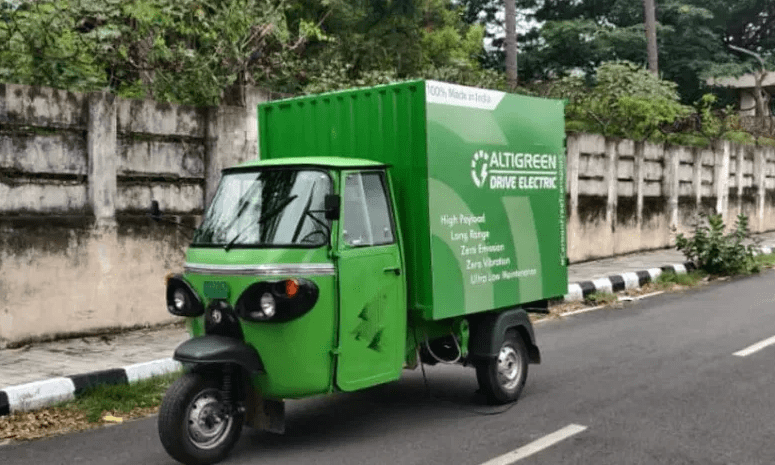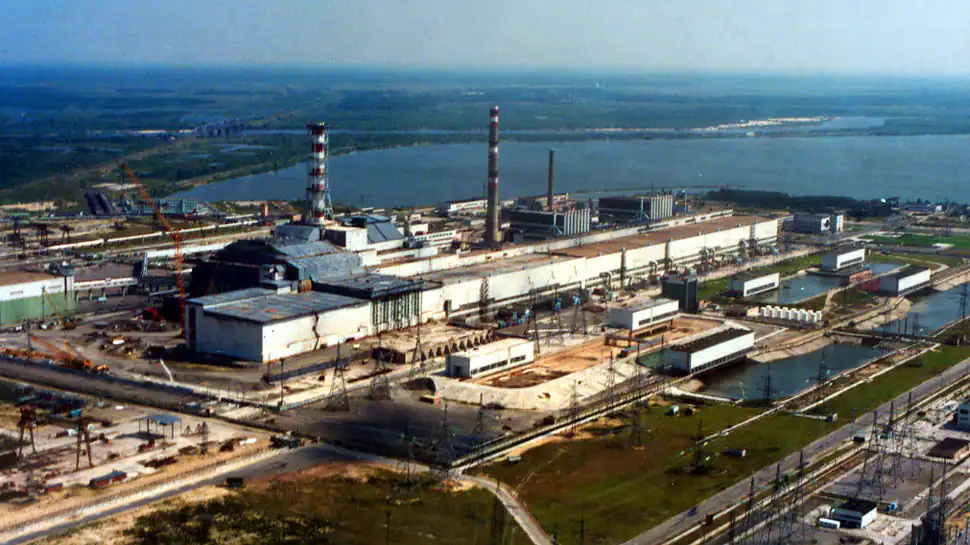
New Delhi:
With new investors coming onboard, we are expecting to raise USD 15 million before the end of this year, Amitabh Saran, Founder & CEO, Altigreen Propulsion Labs, said at the ETAuto StartupAdda episode on Tuesday.The Bengaluru-based EV maker has earlier received investments from the family office of Indian fashion house, House of Anita Dongre. The company’s total investments in the past have been under USD 10 million.
Currently selling electric cargo three wheelers for the last mile logistics, it has a 35,000 square feet manufacturing plant in Bangalore with a capacity of about 6,000 vehicles a year and expects to achieve over a 5X growth in volumes.
“We can see our capacity ramping up to 35,000 to 40,000 vehicles in the next financial year. We aim to fulfill at least 60%-80% of that capacity,” Shalendra Gupta, Co-Founder & CFO, Altigreen, said and added that they expect to see the tipping point being reached between October 2021 and August 2022. “That’s where we will take off.”
The company said it has 26 global patents granted worldwide and all its vehicles are built with in-house-developed technology including battery packs, induction motors, drive units, power electronics, IoT, telematics etc.
Set up in 2013 by Amitabh Saran, along with the other co-founders Shalendra Gupta, Lasse Moklegaard and John Bangura, the company now has a 125- member team. It has its network across markets including New Delhi, Mumbai, Pune, Bengaluru, Hyderabad and Chennai with a product portfolio including four variants of its L5 category cargo electric three wheeler neEV — the Neev Flatbed, the Neev Chassis Cabin, the Neev Lowdeck, and the Neev Highdeck. Its vehicles have payloads of 500kg and 550kg. The vehicles can be fully charged in 3.5 hours.
Our vehicles need to be fully safe as they will be running on roads at about 50 km per hour and are supposed to last for 10 years under the harshest conditionsShalendra Gupta, Co-Founder & CFO, Altigreen
The EV maker displayed its first electric three wheeler prototype in Auto Expo 2018, almost three years before it was launched in the market. “Even though at that time the vehicle was carrying visitors to the Auto Expo, it has gone through three years of testing before we finally started selling in January 2021,” Gupta said. According to him, not more than 4%-5% of ICE three wheelers will be sold by FY25. “That’s what we tend to execute. We are in the L5 electric three wheeler auto rickshaw cargo category, which has been created by Altigreen itself and everyone else is a follower in the market.”
“Unlike the technology-mature ICE industry, we are in the innovative EV industry. Our vehicles need to be fully safe as they will be running on roads at about 50 km per hour and are supposed to last for 10 years under the harshest conditions. We cannot afford any mishaps, so they are required to go through harsh, long ranging and extensive testing while at the development stage,” he said.
According to Saran, who is a PhD from University of California, “If we have to build any new technology it has to be in a position to compete with something that is performing well and has performed well over the last 50, 60 or 70 years. For instance, fossil fuel vehicles are extremely dependable- they have been around and can take care of the realities of our geography i.e. potholes, heterogeneous traffic, overloading, waterlogged streets, high temperatures, unprofessional driving. So if we build EVs, they have to be made solid to take care of these scenarios too.”
The company began with a focus on the B2B organised segment which occupies about 10%-15% of the market and is employed in e-commerce and FMCG. Next, it is aiming to “make a big difference in the B2B unorganised segment which is a larger market because here the end-owner of the vehicle will see actual benefit of electrification in terms of going from INR 4 per km to 60 pasie per km.” Later, the company wants to focus on the B2C segment.
Compared to a regular diesel three-wheeler, the acquisition cost of an Altigreen three wheeler with similar capacity and space is around INR 50,000 more expensive.
Talking about its expansion plans, the company said that it is very clear that they will deliver on the current targets first and then scale up to other segments. “Startups don’t fail because of starvation, they fail because of indigestion. You land up doing too many things at the same time.”
Altigreen believes its advantage is in its EV DNA. “It is clear that someday the incumbents will also enter the EV segment but startups have an advantage of not carrying the baggage of having been and invested in the ICE industry for a long time. We are starting from the fringe and we can do disruptive innovation rather than sustaining innovation,” Saran said.
The company does not favour swapping of batteries as of now and is certain that fixed battery packs with charging options that allows to do quick charging of 120-150 km in a day makes more sense because “this segment is mostly served by diesel vehicles and they are not doing more than 80-100 km in a day.”
The EV maker said it has interviewed over 1500 auto rickshaw drivers on road to understand their needs and fears and bring about the specifications and features in the vehicle models.
Saran also noted that Altigreen is his third startup. Gupta joined the company full time in June 2012 before it was officially set up. Both the industry veterans are related in family and knew each other before starting the company.
Also Read:

















